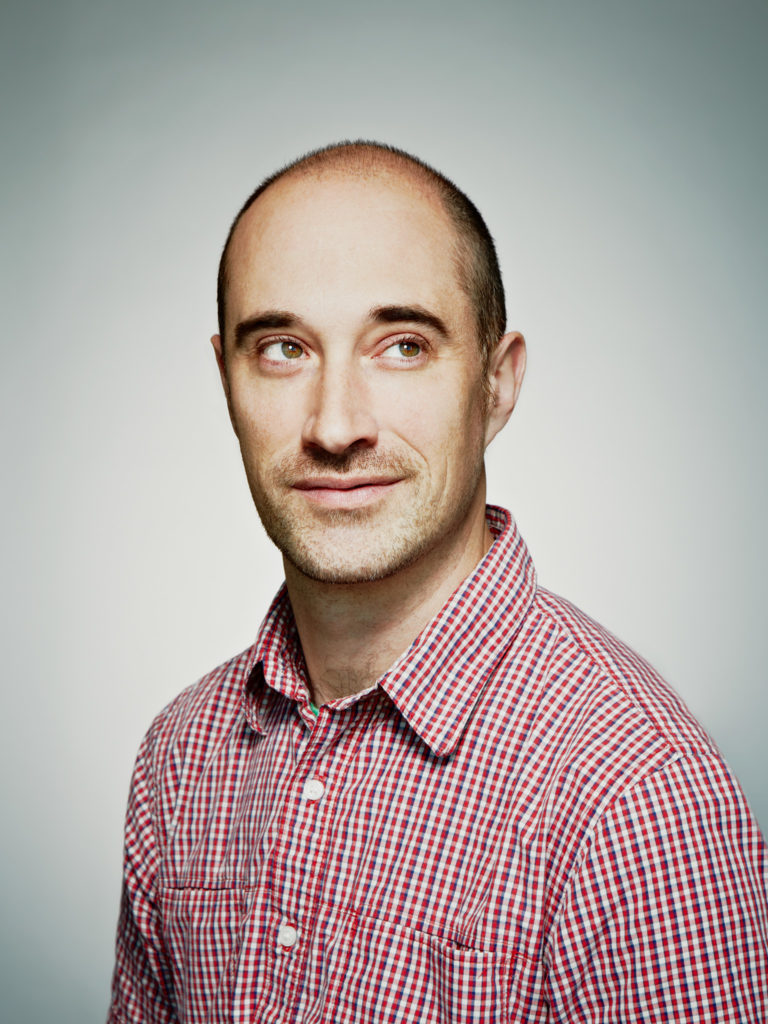
Associate Professor
Department of Physics and Astronomy, Faculty of Science
I am primarily interested in auditory biophysics, chiefly in the context of how sound is transduced by the ear into neural impulses going to the brain. Remarkably, somehow in the process of being a very sensitive detector, the (healthy) ear generates and subsequently emits sounds that can be detected non-invasively using a sensitive microphone.
These sounds, known as otoacoustic emissions (OAEs), reveal many aspects of the inner workings of the ear and also have many translational applications (e.g., clinical audiology). Our lab combines both experimental and theoretical/modeling approaches across a broad comparative framework so to help us better understand OAEs and thereby the key biophysical processes at work that allow us to hear the world around us.
Announcements & Notes
- No content yet
- [2020.02] A new paper Overtone focusing in biphonic Tuvan throat singing (Bergevin et al. 2020) was recently accepted to eLife and is currently in press. An older preprint is currently accessible via bioRxiv, and you can click here to access some of the audio files (a big thank you to Huun Huur Tu)
- [2020.01] A new paper Evidence supporting synchrony between two active ears due to interaural coupling (Bergevin et al. 2020) was recently published in JASA-EL (accessible here). This paper also was featured on the journal cover (image)
- 2020 Mechanics of Hearing workshop in Denmark (at the Konventum). Several abstracts have been submitted, with the following titles/authors:Interpeak characterizations for spontaneous otoacoustic emissions (Bergevin C, Afify T, Whiley R, & van Dijk P)
- Spontaneous otoacoustic emissions provide direct evidence for Hopf bifurcations in the dynamics of the ear (O Maoileidigh D, Roongthumskul Y, & Bergevin C)
- How exceptional is the ear? (Bergevin C, Freeman D, & Coffin A)
- Comparing otoacoustic emissions and evoked potentials in an individual (Whiley R, Carlse G, & Bergevin C)
- Graduate student applications for 2020ff admission are currently being sought. If you are interested in graduate studies (MSc or PhD) in biophysics, neuroscience, psychophysics, acoustics, and/or nonlinear dynamics, please take a look at our research below and consider applying anytime. See here for more details. The lab is also affiliated with the York graduate programs in psychology, biology, and neuroscience (i.e., you can apply through those programs). Domestic (i.e., Canadian) students in particular are encouraged to apply. Feel free to get in touch with any questions.
- 2019 Fields Institute workshop on Mathematics of Vision Oct. 2019: flyer, schedule, slides (re Vignette 2)
- A letter in Physics Today extolling the virtues of teaching diffusion at the undergraduate level....
